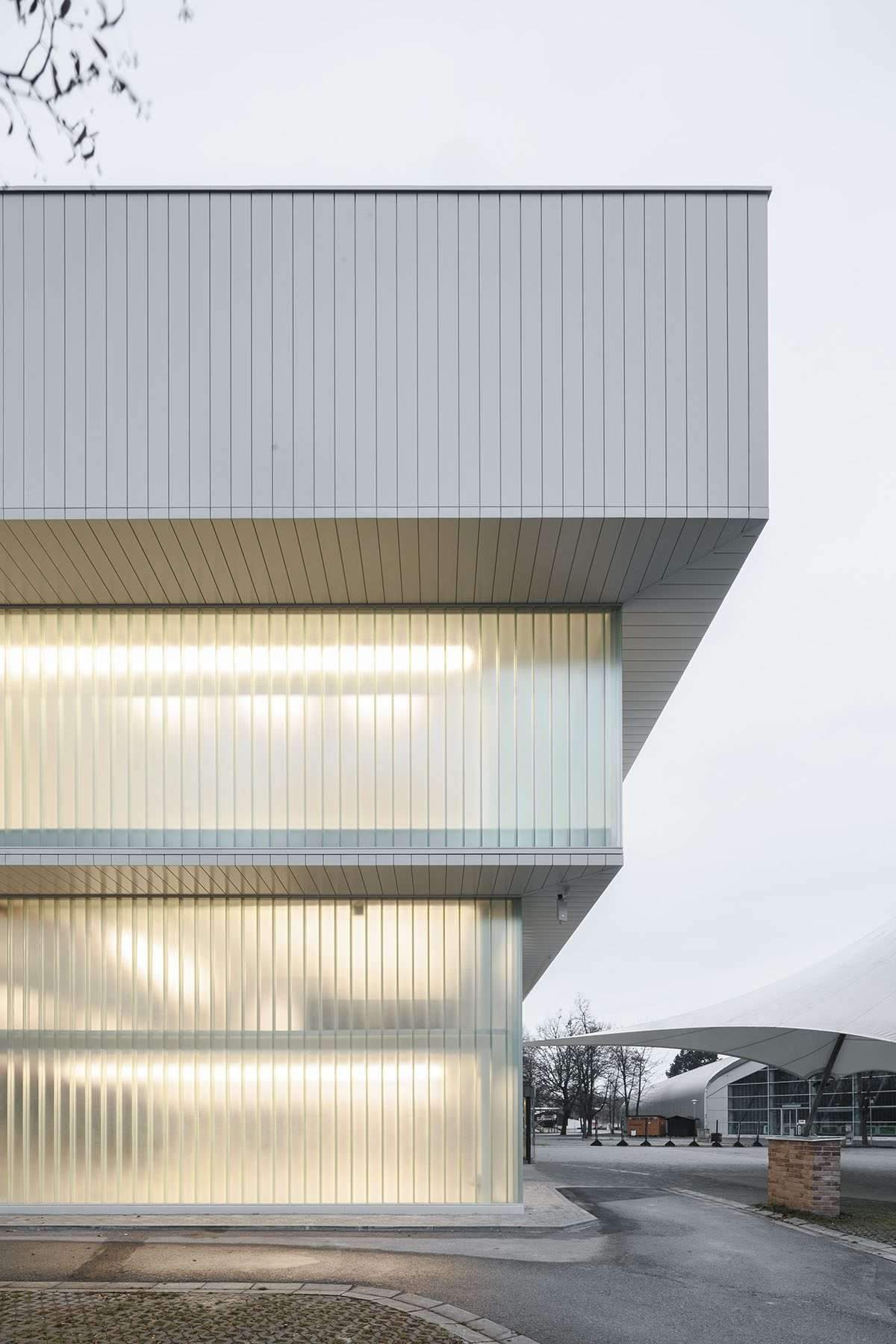Augmented Reality Uses in Engineering and Plan
The development of augmented reality applications for engineering has been one of the legitimate issues of the beyond a couple of years. Later on, we’ve been told, VR will turn into a necessary part of introducing a task, yet of the plan interaction also.
For some, plan drove enterprises, the greatest test is regularly persuading the client that the completed article will resemble – or better than – the 2D or 3D portrayal.
Regardless of how gifted the planner is, it can go out on a limb and a striking creative mind from the client to get them ready for, and energized by, a plan thought.
Engineering is the same and that is the reason augmented reality for design and configuration could assist with changing this industry.
In this article, we will take a gander at the potential outcomes appended to this generally invigorating of new advances. The advantages to planning in a virtual world (for both the creator and the client). And how we anticipate that the business should develop and advance as augmented reality (VR) is acknowledged and executed.
Augmented REALITY FOR Planners
VR innovation has such a lot of potential for draftsmen and architects. From beginning plan models to extending cooperation, through to the final details that make a structure configuration go from great to incredible. The augmented experience can truly sell a thought better compared to some other medium.
As referenced toward the start of this article, perhaps the best test looked at by draftsmen is working with a client to persuade them that a plan works, before getting significant – and serviceable – input that can be incorporated into a completed plan.
Furthermore the greater the venture, the more partners it will include. It’s far-fetched that there will be one single chief; rather, numerous individuals will be requested their contribution on different parts of a structure’s plan. Getting this multitude of individuals into a solitary space to talk about these plan choices can be amazingly troublesome, also tedious, and wasteful.
Floor plans, 3D renderings, and models convey a thought for a specific space inside a plan, yet even these methodologies – a staple of building a plan – can neglect to discuss thoughts with clients.
This is the place where VR will make its mark. As a vivid innovation, it will move clients into a completely intelligent 3D climate; offering them the chance to investigate a virtual portrayal of a specific room, floor, or building plan all in all.
Planning IN A VIRTUAL WORLD
Presently, this portrayal of augmented reality for design could sound very shallow. It will without a doubt function as a showing apparatus, permitting clients to acquire a comprehension of how a plan will appear to scale and at a more instinctive level. Be that as it may, what will it mean for a planner’s work process?
To be successful, the VR innovation should permit clients to completely cooperate with a proposed model; venturing to such an extreme as open/close entryways and windows, turning lights on/off, and moving objects around the room. This degree of the association will then, at that point, need to frame part of the client’s input. For example, what were the parts of the plan that the client especially delighted in? Where did they battle to connect with an interface? What didn’t they like?
THE Advantages OF VR FOR Design
There are many advantages to moving compositional practices into a virtual climate. We’ve laid out a couple of the fundamental ones beneath.
- Low Beginning Up Expenses
While considering bringing augmented reality innovation into a building practice, the beginning up costs are somewhat low.
- Acquire An Upper hand
Remaining in front of the mechanical bend and turning into an industry chief is significant for engineers.
- Keep away from Rounds of Amendments
Putting a client into a virtual structure configuration will, in principle, make the criticism interaction that tad more direct.
- Reproduce Genuine Situations
Seeing the way that an individual figures out how to explore their strategy for getting around a structure.






